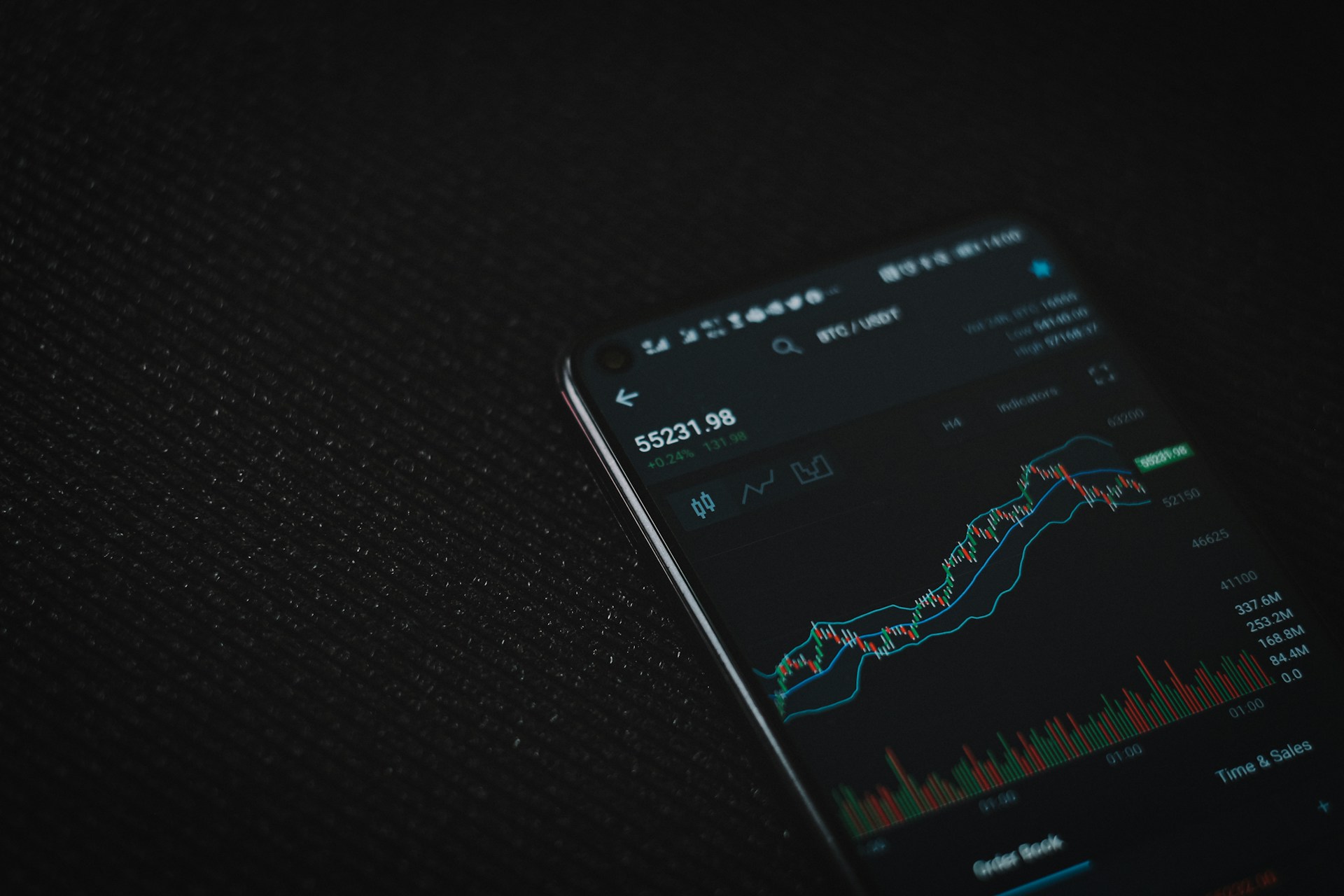Cryptocurrencies are often hailed as the future of money, but not all of them are being used in everyday transactions.
While Bitcoin is sometimes accepted by online retailers and Ethereum fuels smart contracts and decentralized finance, XRP is more commonly known for its role in international money transfers and banking solutions. But can XRP go beyond financial institutions and find a place in your daily spending habits? The answer isn’t a simple yes or no, but real-world examples are beginning to show that XRP can, in fact, be used for more than just cross-border payments.
XRP was originally created with the goal of facilitating fast and inexpensive transactions. Unlike Bitcoin, which has relatively high fees and slower processing times, XRP offers nearly instant settlement with minimal costs. That makes it an attractive option for point-of-sale payments and microtransactions. In theory, using XRP to pay for coffee, groceries, or even digital subscriptions is entirely feasible from a technical standpoint.
One of the best examples of XRP adoption in everyday payments comes from platforms that act as bridges between cryptocurrencies and traditional finance. Apps like SpendTheBits, which is built specifically for the XRP Ledger, allow users to pay merchants directly using XRP. By integrating QR codes and merchant accounts, the app helps customers make real-time payments while shielding them from the complexity of blockchain technology. It demonstrates how XRP can be seamlessly integrated into normal consumer behavior with the help of the right interface.
Several online retailers and services also accept XRP as a form of payment, either directly or through third-party processors like BitPay and NOWPayments. These platforms convert XRP into fiat instantly, allowing businesses to accept the digital currency without dealing with its volatility. Although adoption remains niche, some merchants in the gaming, travel, and e-commerce sectors have begun to include XRP as a payment option.
There are also cases of XRP being used in charitable donations. Nonprofits that accept crypto donations often list XRP alongside Bitcoin and Ethereum, citing its low transaction costs as a major benefit. For donors who want their contributions to reach organizations quickly and without high processing fees, XRP offers a practical solution.
Peer-to-peer payments are another area where XRP is gaining traction. Sending XRP between wallets is fast and inexpensive, making it suitable for splitting bills, paying freelancers, or gifting money to friends and family. In countries where bank access is limited or costly, the appeal of direct crypto payments becomes even stronger. XRP’s liquidity and availability across multiple exchanges and wallet apps enhance its usability in these scenarios.
Still, barriers remain for mass adoption in everyday payments. Regulatory uncertainty continues to affect XRP’s availability on major U.S. platforms, although international markets are generally more open. Volatility is also a concern. While XRP is faster and cheaper than many alternatives, it still fluctuates in value, which can be a hurdle for merchants looking for price stability.
Another obstacle is awareness and education. Many people are simply unfamiliar with XRP or how to use it. For widespread adoption to happen, users need easy-to-use wallets, merchant integrations, and educational resources that explain the benefits and risks of using XRP for spending.
Additionally, the infrastructure for crypto payments still needs to mature. Although point-of-sale systems for digital currencies exist, they are not yet mainstream. Integrating XRP into popular platforms like PayPal, Square, or Apple Pay would significantly accelerate its adoption, but those partnerships have yet to materialize.
Despite these challenges, the direction is clear. As the crypto economy grows and more people become comfortable using digital assets, XRP’s role could expand beyond institutional transactions. Its fast settlement times, low fees, and established network make it a viable candidate for broader payment adoption, especially if regulatory clarity improves.
In conclusion, XRP is not just a token for banks and remittance companies. It has the technical features needed for everyday use, and there are already real-world examples where people are spending it on goods, services, and donations. The future of XRP as a widely accepted payment method depends on better infrastructure, increased awareness, and continued efforts to bridge the gap between crypto and traditional finance. But as more test cases prove its viability, the idea of paying with XRP may soon become much more common.

